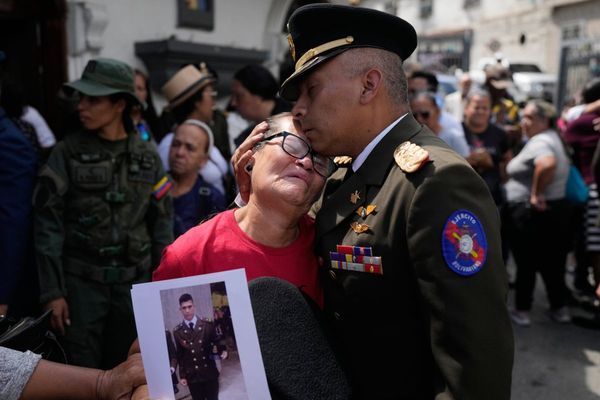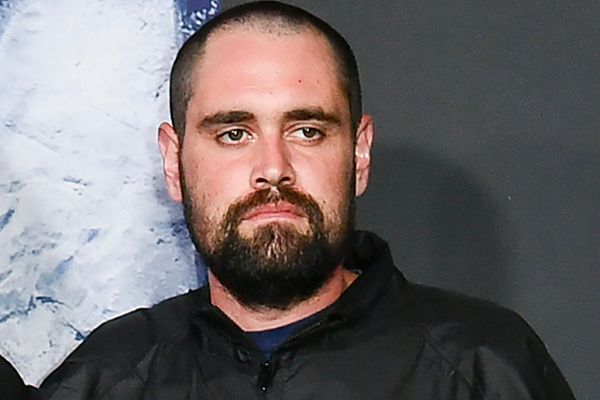
The “breaking news” from the last gasp of this prolonged, hot, and heated election season is surely this quote from Prime Minister Narendra Modi. In an interview with ABP News, he said: “In the last 75 years, was it not our responsibility to let the whole world know of Mahatma Gandhi? I am sorry, nobody knew about him. It was only after the film Gandhi that the world became curious about him.” He was referring to the 1982 film Gandhi by Richard Attenborough.
While the expressions on the faces of the interviewers – three of them, not just one – were worth watching, their response to this extraordinary statement was a stoic silence.
Not so on social media. Predictably, it exploded with memes, fact-checks, and caustic comments.
According to Money Control, Modi has given more than 80 interviews in the last two months, a record for a man who kept away from the media for most of his two terms in office. The recent ones have been sprinkled with bizarre comments, such as the one quoted above, apart from several inaccuracies. And none of them have been challenged by those interviewing him.
The objective of this media blitzkrieg, across print and television, was obvious, as I had argued in an earlier column: it was to ensure that Modi remained right, left, and centre during this election period. He was the centrepiece of the BJP’s election campaign, and the party wanted to ensure that he occupied the maximum media space. It succeeded in doing just that.
Modi’s avalanche of interviews and some others with politicians and psephologists predicting numbers have also shown us the many ways interviews are conducted. The styles ranged from simpering, to combative, to friendly. The first, simpering, would describe all the interviews with Modi, which were obviously scripted and did not permit any counter questions. The combative style was exemplified by well-known journalists like Karan Thapar. His interview with Prashant Kishor, who has predicted a sweep for the BJP, is a classic example. Neither was willing to back away. Even if entertaining, whether the viewer was any wiser after watching the interview is a moot question.
The third style was friendly and combative. This was the style of the two interviews given by Priyanka Gandhi. She spoke to Sreenivasan Jain for his series “Claim vs Reality” for Newslaundry and The News Minute. The interview was on the run, with Gandhi and Jain standing outside next to her car before she sets off on the next leg of her campaign in Rae Bareili.
The only sit-down interview by Priyanka Gandhi with a mainstream television channel was with Rajdeep Sardesai of India Today. While Sardesai was combative, he was not offensive. And Priyanka Gandhi was at ease, parrying with him, turning some questions around, and generally managing to get her say. It was also quite obviously unscripted, a marked contrast to the Modi interviews. She was able to put across not only her own position on why she is involved in the election campaign but also why she is not contesting, a question Sardesai kept asking throughout the interview.
After watching these two interviews, a question that comes to mind is whether the Congress party ought to have tried harder to reach out to voters through mainstream media. Why, for instance, did it not use someone like Priyanka Gandhi more strategically given her connect with people and her ease with media make her a good selling point for the party?
Some journalists who cover politics suggest that she agreed to these two interviews because Priyanka Gandhi knew the two journalists and that they were part of the same strata of society that is often dismissed as “Lutyens’ Delhi”. Apparently, a few journalists did reach out to her but did not get a positive response. She limited her media interaction to the reporters who covered her election campaigns.
Since the Bharat Jodo Yatra, it is evident that the Congress party, and especially Rahul Gandhi, have made it clear that they did not want to speak to mainstream media as they felt that there was bias in its coverage. Instead, they chose to speak to popular YouTubers and social media influencers.
While it is true that in the last five years since the last elections, the reach of social media has grown phenomenally, especially amongst the young, is it enough to get across to voters while ignoring mainstream media? We will know the answer to this question after the results, when surveys on voter choices and what influenced them will be available..
Yet, politics is also a game of perception. And the more articulate politicians determine how their parties are viewed by voters. The BJP and Modi have used all media to maximise their presence in the minds of the public. Whether this converts into votes and support is a separate matter. But the sense of almost omnipresence – and perhaps also inevitability – has been attained.
The Congress party, on the other hand, has left it to reaching out to people through rallies and electioneering as it believes that mainstream media does not provide a level playing field. While that is true of most mainstream television channels, where there is no pretence about which side they support, print media has tried to cover all sides, as have independent digital news platforms.
What we can conclude after two months is that unlike the mood in April, before the first phase of elections, when the media spoke of this election as a foregone conclusion, a “done deal”, 2024 has turned out to be more of a contest than was predicted or expected. For journalists covering elections, that has been a boon.
Newslaundry is a reader-supported, ad-free, independent news outlet based out of New Delhi. Support their journalism, here.







